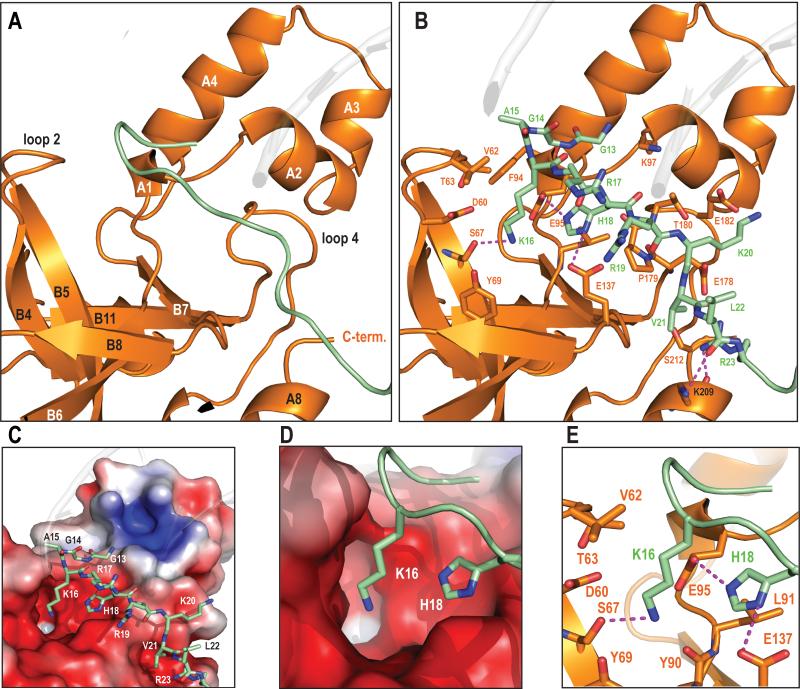Figure 3. Overview of H4 tail interactions.
a) General view of BAH structural elements that interact with histone H4. BAH surface depicted here in orange interacts with H4 tail in green. The interaction surface is in between 2 domains of BAH, the helical H-domain and the β-sheet and that loops 2 and 4 play a crucial role in this interaction.
b) Detailed view of the H4 tail interface.
Same view as Fig. 3a. All H4 tail residues (13-23) are shown as sticks whereas in BAH only residues that make contacts are depicted as sticks. Magenta dashes connect residues forming potential hydrogen bonds (≤3.5Å). There are 6 possible hydrogen bonds in this interface; K16 forms one, H18 two, the R23 side chain two and L22 main chain carbonyl forms one. Other H4 residues that could participate in these polar interactions are K20 (with E182), and R23 (E178 HB and S212). G13, A15, V21 and R19 all make vander Waals interactions with numerous BAH residues (K97, F94, V62, T63, E95, L91, P179, T180, S212, and E178). Side-chain density for the majority of the H4 tail residues is visible (see SOM), the exceptions being side-chains of R17 and R19, which are apparently more flexible and display weak side-chain density.
c) Charge complementarity of the interface.
Basic histone H4 tail interaction with a negatively charged BAH domain surface. APBS-calculated electrostatics (−5kT to 5kT). Red surface represents negative and blue positive charge respectively.
d) Close up view of H4K16 and H4H18 binding in the charged pocket.
e) K16 binding pocket in BAH.
Detailed view of K16 and H18 side chain interactions. The K16 ε-amino group interacts with polar or negatively charged side chains of the BAH domain (D60, Y69, E95 and S67). K16 appears to form a hydrogen bond with S67 (3.1Å) and potentially a weak electrostatic interaction with the Y90 main chain carbonyl. Methyl groups of V62 and T63 could stabilize the alkyl chain of K16. Side-chain carbonyls of E137 and E95 and the main- chain carbonyl of P179 can form hydrogen bonds and an electrostatic interaction with the imidazole moiety of H18, respectively. H18 is additionally coordinated through van der Waals contacts.

